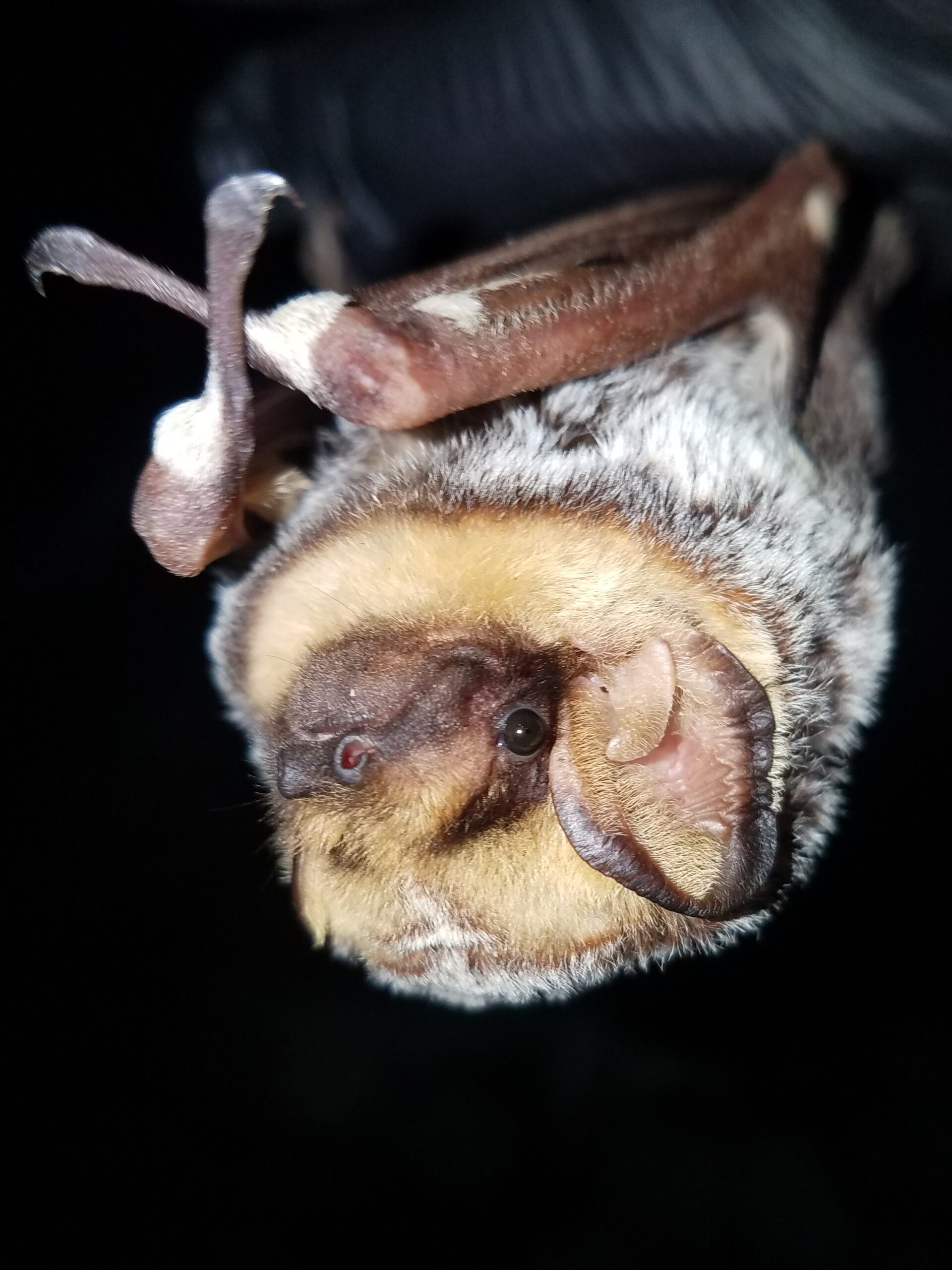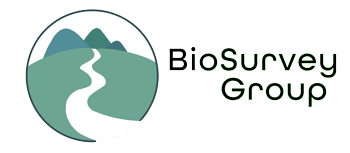Bat Surveys

Bat Services
As white-nose syndrome continues to impact bat populations, an increasing number of species are facing federal designation as threatened or endangered. BioSurvey Group’s team of Biologists is well-equipped to address your project’s bat conservation requirements, offering comprehensive bat surveys and habitat assessments.
Our bat survey expertise spans various methods including mist-net and harp trap captures, radio-transmitter tracking, acoustic detection and analysis, as well as manual vetting for the echolocation calls of threatened and endangered species. We conduct karst topography surveys, roost tree assessments, bridge surveys, and emergence surveys.
Our federally permitted bat biologists have extensive experience across diverse habitats east of the Mississippi River ranging from rugged mountains to agricultural plains. Equipped with knowledge, experience, and skills, we can assess bat species’ land use on linear or non-linear projects. Our team is dedicated to providing efficient and accurate Endangered Species Act compliance, as well as addressing general species inventory requirements.
What We Provide:
Mist Netting
Acoustic Detection
Radio Telemetry
Habitat Assessments
Emergence Surveys
Roost Assessments
Hibernacula Exit Counts
Section 7 Consultations
Manual Vetting of Echolocation Calls
Karst Topography Surveys
ESA Compliance
Species Inventory
Get in Touch with a Species Specialist:
No project is too big or too small. Contact us for a free consultation.
Contact Us
BioSurvey Group
Mailing Addresses:
PO Box 593
Morgantown, WV 26507
(304)-810-8099
Email Us
PO Box 61
Oxford, OH 45003
(888) 712-0566
Email Us
Questions? We Have Answers!
Ready to discuss how we can help you? Simply fill out the form below, and one of our experts will reach out to you quickly to talk!
